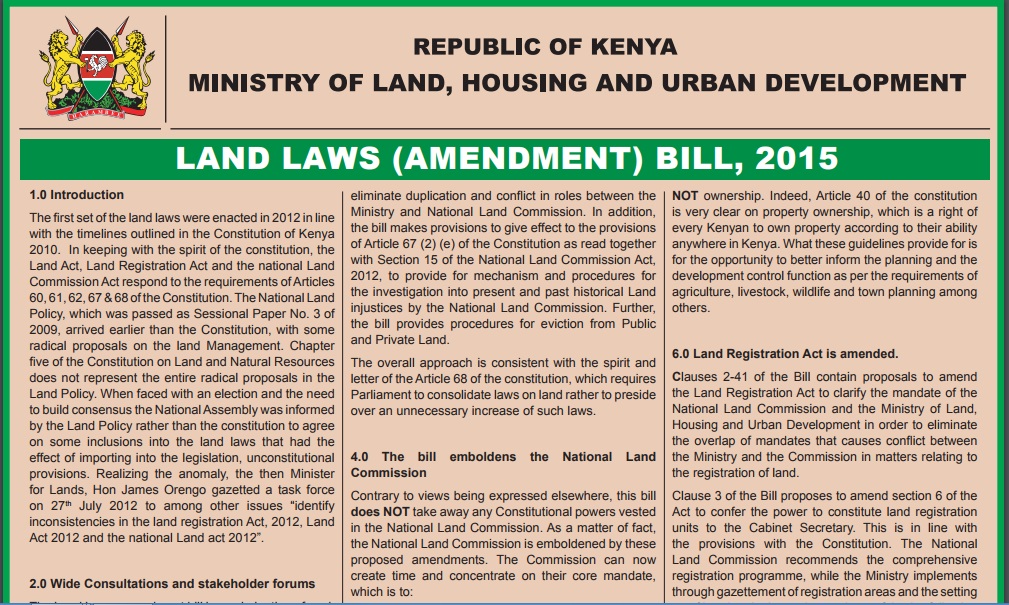Monitoring Forest Change in Landscapes Under-Going Rapid Energy Development: Challenges and New Perspectives
The accelerated development of energy resources around the world has substantially increased forest change related to oil and gas activities. In some cases, oil and gas activities are the primary catalyst of land-use change in forested landscapes. We discuss the challenges associated with characterizing ecological change related to energy resource development using North America as an exemplar. We synthesize the major impacts of energy development to forested ecosystems and offer new perspectives on how to detect and monitor anthropogenic disturbance during the Anthropocene.


